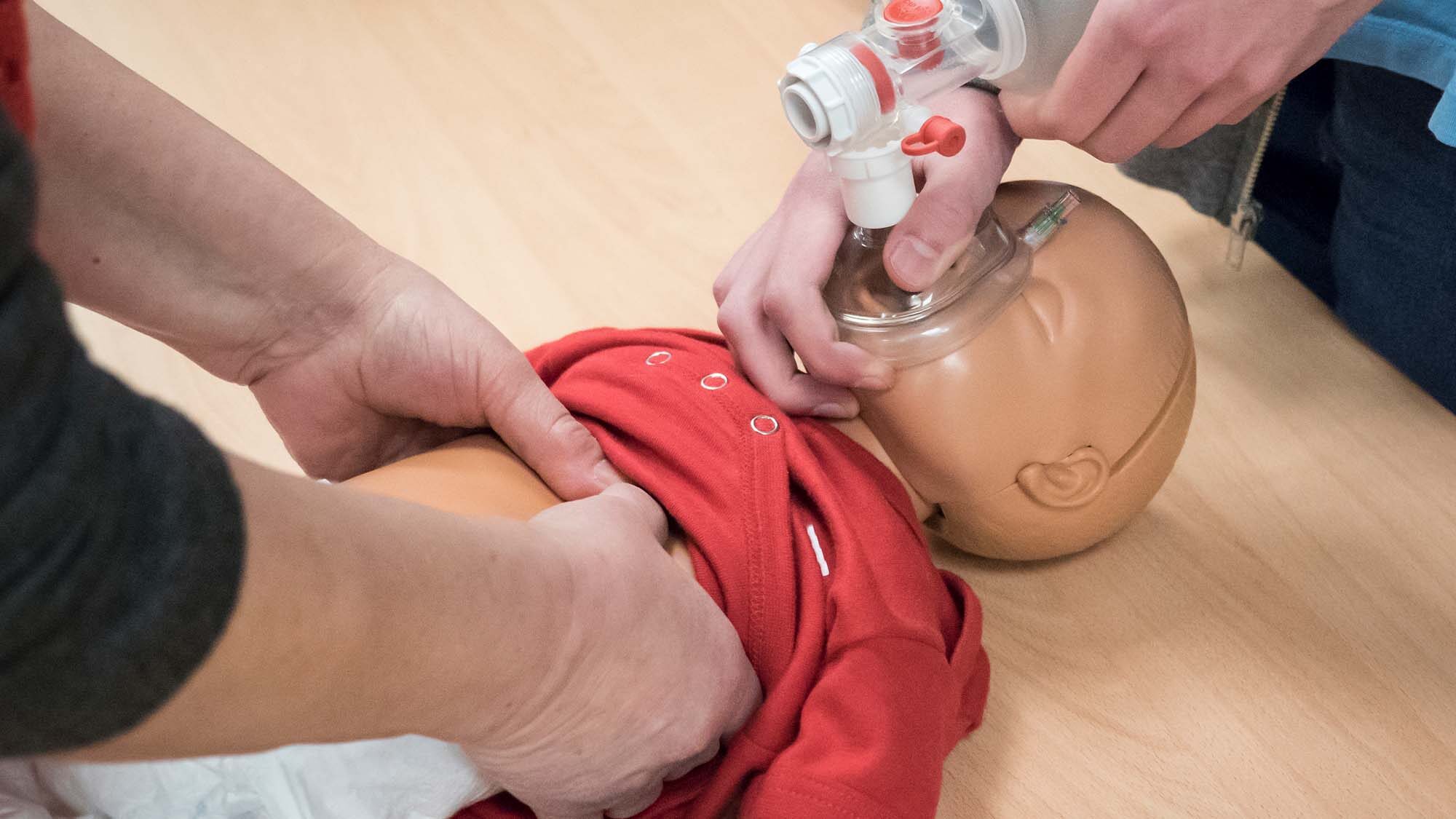Essay by: ISP073
Your coworker has just collapsed, clutching his chest, and is now unresponsive. What do you do? If you are like most Americans, you do not have an answer to that question. According to the “CPR Statistics” fact sheet published by the American Heart Association (AHA), 70% of Americans would feel helpless during a cardiac emergency because they lack cardiopulmonary resuscitation (CPR) training or their training has lapsed (2014). That is why all employers, health care providers, and non-healthcare providers should require their employees to obtain CPR certification upon hire and recertification every two years.
In an emergency like the one outlined above, you would want to assist your coworker, but you might not remember what you are supposed to do. Or, you could be afraid that you will hurt him by trying to help. Since most people lack a plan of action, situations like this are common. Their existence helps show why the survival rate is less than 8% for victims that experience sudden cardiac arrest outside a hospital, an event that occurs nearly 383,000 times each year. (“CPR Statistics,” 2014).
Although effective CPR can double or triple a sudden cardiac arrest victim’s chance of survival, only 32% of victims receive CPR from a bystander (“CPR Statistics,” 2014). Because many people believe they have insufficient knowledge of the proper technique, they do not attempt to immediately perform CPR. But those first moments after cardiac arrest are crucial. Chances of survival decrease by 5%–10% every minute without CPR (“CARES Strengthens,” 2014).
Additionally, almost two-thirds of the 300,000 cases of out of hospital cardiac arrest are treated by emergency medical services (EMS) providers (“CARES Strengthens,” 2014). The quicker you remember to call 9-1-1, the quicker EMS arrives, which means a higher chance of survival. This makes it all the more important to have an easy-to-follow plan for cardiac emergencies.
As an answer to this problem, the AHA created a simplified procedure so anyone can feel comfortable in such an emergency and potentially save a life. The first step is to call 9-1-1 and the second step is to push hard and fast in the center of the chest (“CPR Statistics,” 2014).
By recalling the AHA’s guidelines, you can easily remember what to do in a cardiac emergency. You now know to quickly call an ambulance and begin administering CPR. While you are performing chest compressions, emergency medical technicians will arrive and take your coworker to the hospital where he will have access to trained professionals.
Still, fiscally-minded employers may not believe the potential to save lives outweighs the cost of CPR training. However, sudden cardiac death claims about 325,000 lives annually, more than half of the 600,000 heart disease deaths each year, making it the largest cause of natural death in the United States; and, coronary heart disease, a common cause of cardiac arrest, costs the United States $108.9 billion each year, including health care services, medications, and lost productivity (“Heart Disease Facts,” 2014). Taking this into account, employers may realize that the cost of lost productivity can be much higher than that of CPR training.
In conclusion, due to the large number of out of hospital sudden cardiac arrest events, and the fact that many Americans feel they are unable to help a person experiencing a sudden cardiac emergency, all employers should require their employees to obtain CPR certification. In addition to the fiscal benefits, empowering employees by mandating CPR certification can double or triple a cardiac arrest victim’s chance of survival.
References
CARES Strengthens Links in Chain of Survival. (2014, March 19). Centers for Disease Control and Prevention. Retrieved July 10, 2014, from http://www.cdc.gov/24-7/savinglives/CARES/ March 19, 2014
CPR Statistics. (2014, May 8). American Heart Association. Retrieved July 10, 2014, from http://www.heart.org/HEARTORG/CPRAndECC/WhatisCPR/CPRFactsand Stats/CPR-Statistics_UCM_307542_Article.jsp
Heart Disease Facts. (2014, July 7). Centers for Disease Control and Prevention. Retrieved July 10, 2014, from http://www.cdc.gov/heartdisease/facts.htm









